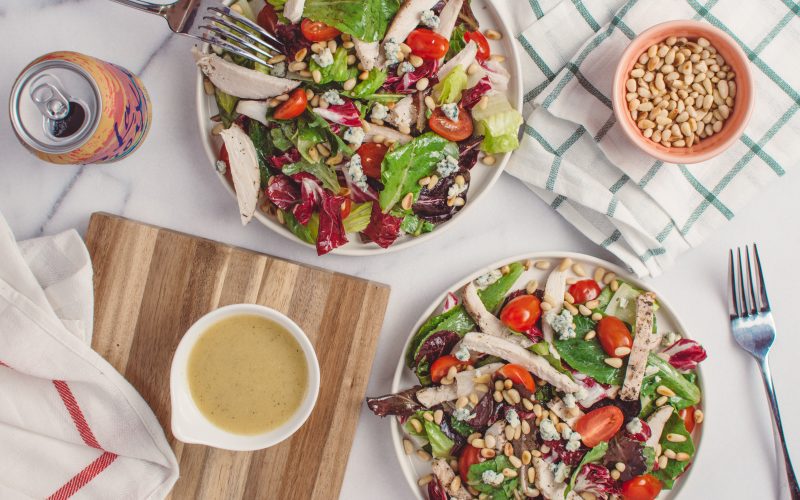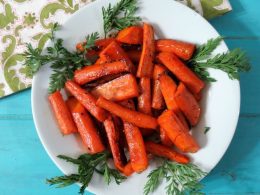Salads have long been hailed as a healthy and nutritious meal option. They’re packed with leafy greens, vegetables, and often lean proteins, making them a popular choice for those looking to maintain a healthy diet. But what about the salad dressing? Is it really good for you, or could it be sabotaging your healthy meal?
Salad dressings are often used to add flavor and texture to salads. They come in a variety of forms, from creamy dressings like ranch and Caesar to vinaigrettes and oil-based dressings. While they can make a salad more enjoyable to eat, many people are skeptical about whether or not they’re actually healthy.
One of the biggest concerns about salad dressing is its calorie content. Many salad dressings are high in fat and sugar, which can quickly turn a healthy salad into a calorie bomb. For example, just two tablespoons of ranch dressing can contain up to 145 calories and 15 grams of fat. Similarly, honey mustard dressing can contain up to 140 calories and 12 grams of fat per two tablespoons.
However, not all salad dressings are created equal. Some dressings, like vinaigrettes and oil-based dressings, can actually be quite healthy. These dressings are typically made with olive oil or another healthy oil, and often contain vinegar or lemon juice for added flavor. They’re generally lower in calories and fat than creamy dressings and can be a good source of healthy fats.
Another concern about salad dressing is its sodium content. Many store-bought dressings are loaded with sodium, which can contribute to high blood pressure and other health issues. It’s important to check the nutrition label and choose dressings that are lower in sodium. Alternatively, you can make your own dressing at home and control the amount of salt you add.
One of the benefits of making your own salad dressing is that you can customize it to your taste preferences and dietary needs. For example, if you’re following a low-carb or keto diet, you can make a dressing using healthy fats like olive oil or avocado oil and add flavor with herbs, spices, and vinegar. If you’re vegan or lactose intolerant, you can make a creamy dressing using non-dairy alternatives like cashew or almond milk.
In addition to the type of dressing you choose, the portion size also matters. While two tablespoons is a standard serving size for salad dressing, it’s easy to pour on more than that without realizing it. Using a measuring spoon or dressing shaker can help you control your portions and avoid overloading your salad with excess calories and fat.
Ultimately, the truth about salad dressing is that it depends on the type and amount you choose. While creamy dressings like ranch and Caesar can be high in calories and fat, vinaigrettes and oil-based dressings can be a healthy addition to your salad. It’s important to read the nutrition label and choose dressings that are lower in calories, fat, and sodium, and to watch your portion sizes.
If you’re concerned about the healthfulness of store-bought dressings, consider making your own at home. With a few simple ingredients, you can create a flavorful and nutritious dressing that’s tailored to your tastes and dietary needs. And remember, while salad dressing can add flavor and enjoyment to your meal, it’s just one component of a healthy diet. Focus on incorporating a variety of fruits, vegetables, and lean proteins into your meals for optimal health and nutrition.












